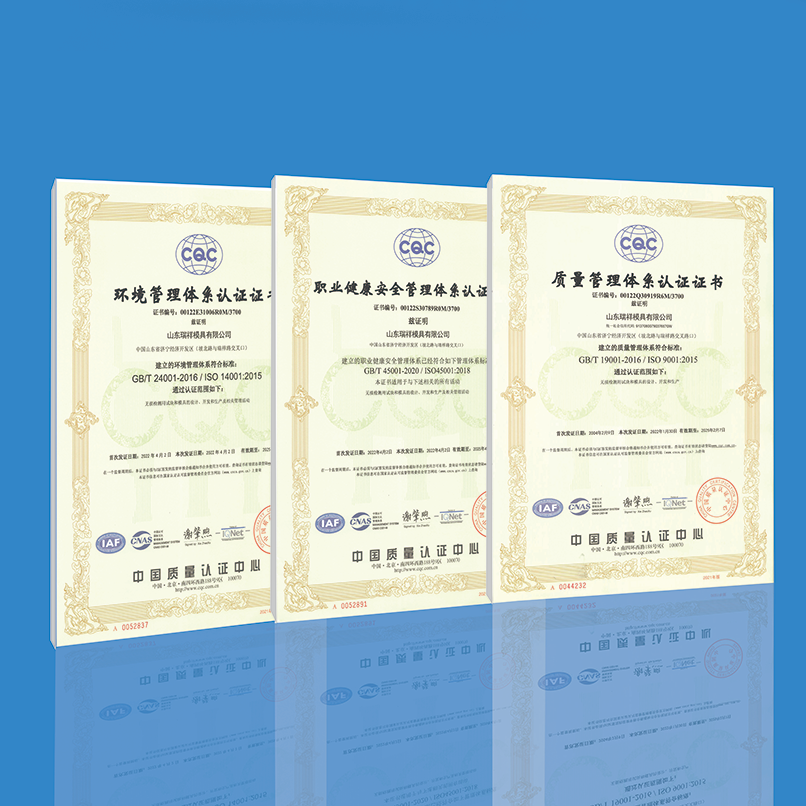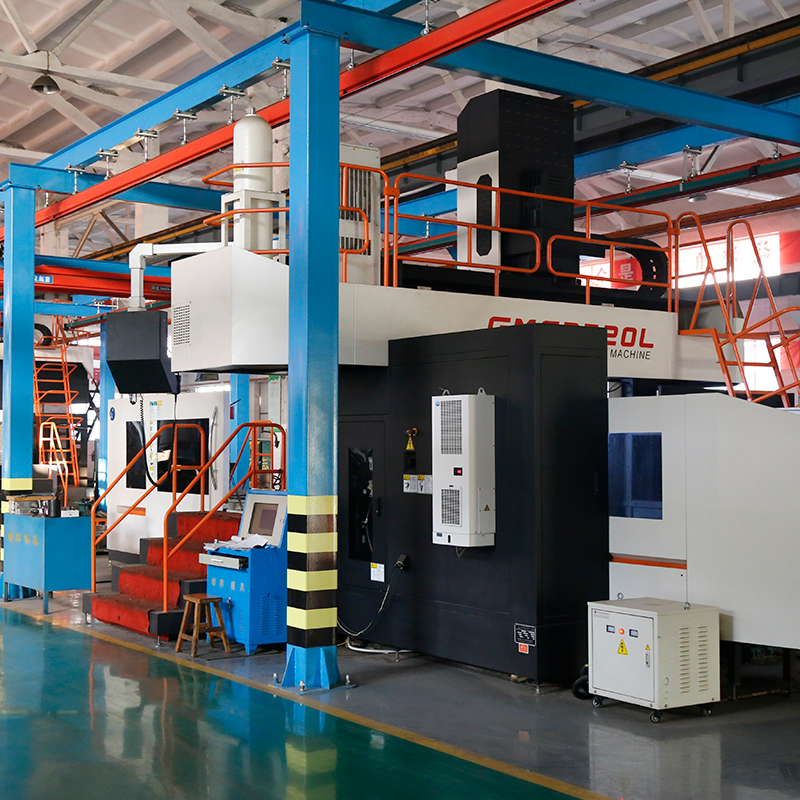What is non-destructive testing?
Non-destructive testing in the industrial field is similar to the "skin guessing melon" when people buy watermelon. When buying a watermelon, gently beat the watermelon skin with your hand, listen to the sound or feel, want to guess the maturity of the watermelon, which is a common habit of people. If in doubt about the conjecture, ask to be cut open to see what it is.
Pat with the hand, there is no damage to the watermelon, non-destructive, listen to the sound or feel to guess the watermelon is ripe, "separated skin guess melon", which is the "non-destructive testing" in life; And "cut open to see what it is", this is the destructive examination of life. No matter how the development of non-destructive testing technology, the theme of "septicai Gua" remains unchanged; When there is doubt about the test results (conjecture), the basic idea of dissection (incision) to verify the same.
Ancient and simple nondestructive testing methods, such as tapping instruments, listening to the sound, to identify whether there are cracks, etc., are still in use. However, because they cannot make a "basically consistent" judgment on the location and size of the defect, they are not regarded as non-destructive testing techniques. Only technical methods can guarantee the accuracy and repeatability of NDT results as described above. Generally speaking, non-destructive testing technology means X-ray testing (RT), ultrasonic testing (UT)... Let's wait.
Nondestructive testing: a general term for various technical methods for inspecting macroscopic defects or measuring workpiece characteristics without damaging them.
Nondestructive testing: nondestructive testing to detect macroscopic defects in the workpiece. [Excerpt from Liang Jinkun: A brief discussion on the concept of "Nondestructive testing"]
What are the conventional methods of nondestructive testing?
According to NASA research and analysis, it can be divided into six categories of about 70 kinds. But it is more common in practical applications
There are the following:
Conventional nondestructive testing methods are:
Ultrasonic Testing (abbreviation UT);
Radiographic Testing (RT);
Magnetic particle Testing (MT);
Penetrant Testing (PT); Penetrant testing;
Eddy current Testing (ET);
Non-conventional NDT techniques include:
Acoustic Emission(AE);
Leak Testing (LT);
Optical Holography;
Infrared Thermography; infrared thermography;
Microwave Testing Microwave testing
What are the applications of nondestructive testing?
Application opportunity: non-destructive testing during raw material production; Non-destructive testing during product manufacturing; Non-destructive testing of products during use (in service).
Application object: non-destructive testing of various materials (metal, non-metal, composite materials, etc.)
Non-destructive testing of various workpieces (welds, forgings, castings, pipes and pipes, etc.)
Non-destructive testing of all kinds of construction (steel structure engineering, road construction, water conservancy and hydropower, bridge construction, airport facilities, nuclear power plants, etc.)
Non-destructive testing of security engineering (airport security, container security, anti-terrorism, anti-riot, etc.)









